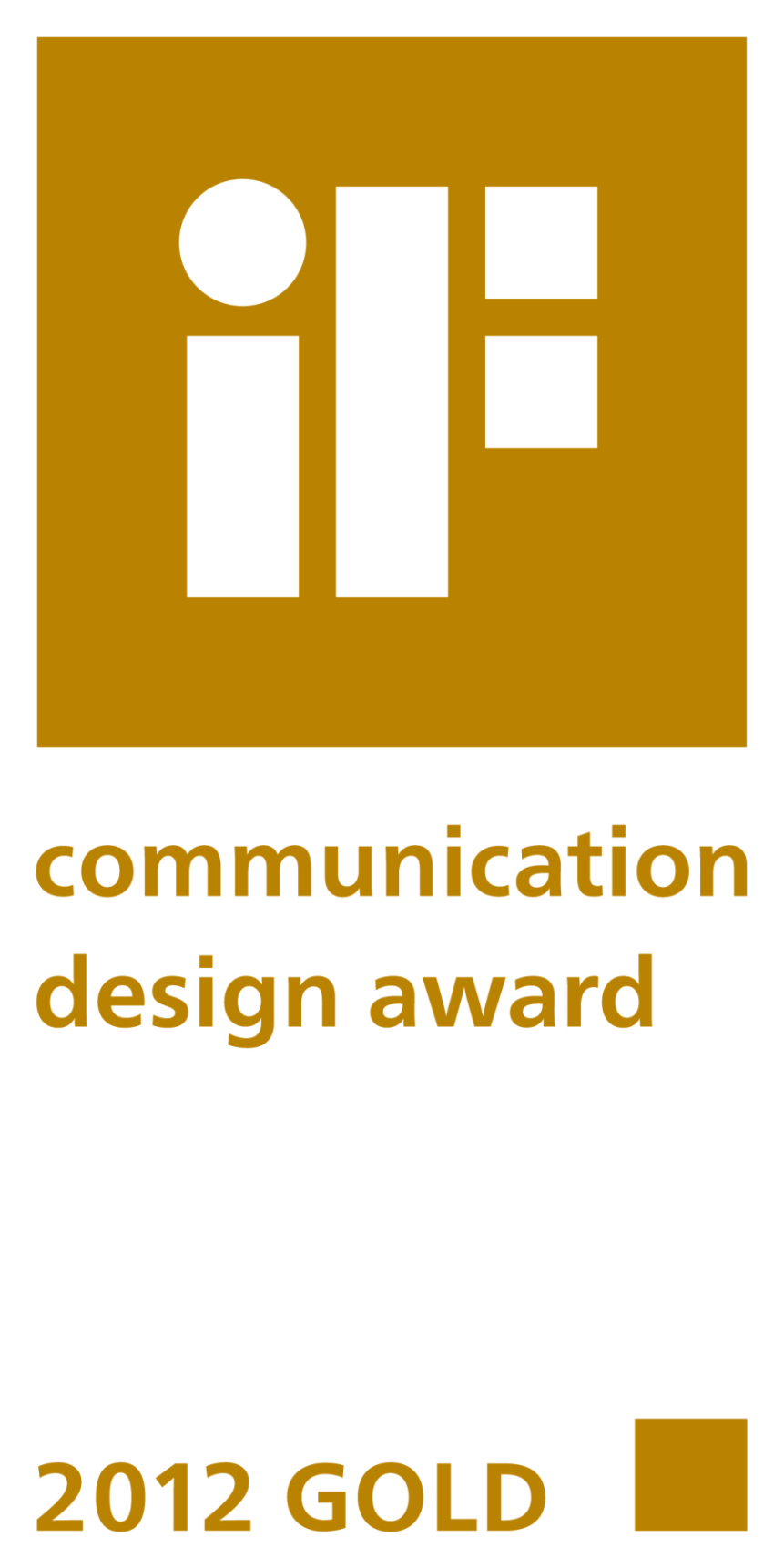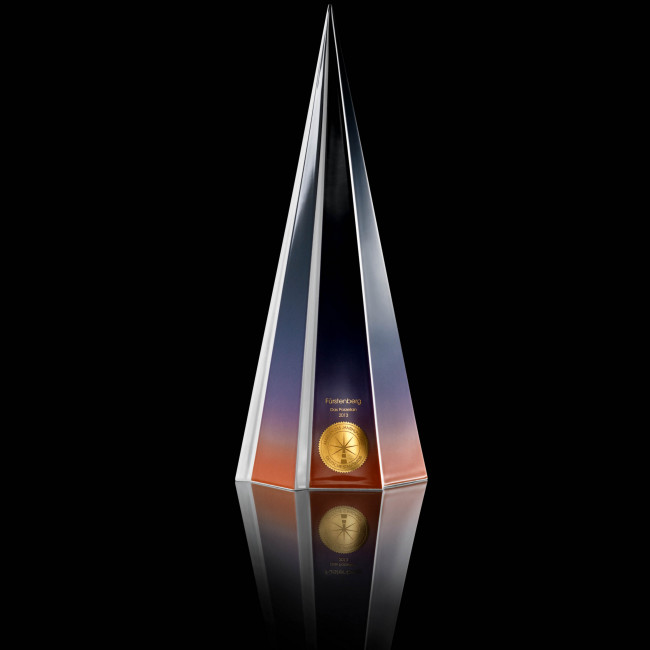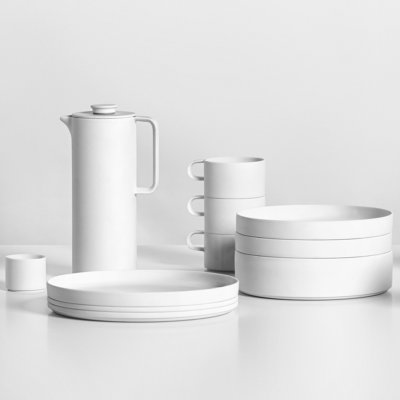
HISTORY OF FÜRSTENBERG
With more than 275 years of experience in porcelain craftsmanship and a passion for making the seemingly impossible possible, FÜRSTENBERG today enjoys an international reputation for contemporary dining culture and interior design.

MODERN COMPANY WITH A LONG TRADITION
Since 1747 the name FÜRSTENBERG has stood for unique craftsmanship and exclusive manufacturer’s porcelain. Over the course of time, renowned designers, modellers and porcelain painters have shaped the history of the manufactory founded by Duke Carl I. of Brunswick-Wolfenbuettel.
In Fürstenberg, porcelain has been created since 1747, which always reflects the time in which it was created: the spirit, the attitude to life and the aesthetics as well as the craftsmanship and technical possibilities. Whether tableware series, gift items or individual designer pieces – every porcelain from FÜRSTENBERG has all the qualities it needs to become a classic.
The picture shows one of the oldest drawing of the manufactory: castle and Porzellanmanufaktur FÜRSTENBERG about 1760, painted by Pascha Johann Weitsch, a plate of Duke Carl I. of Brunswick-Wolfenbuettel set.
1747


1750
1780


1805
1840


1904
1934


1952
2000


2005
2007


2009
2010




2011
2012



2012
2013



2014
2016




2017
2018


2019
2022

